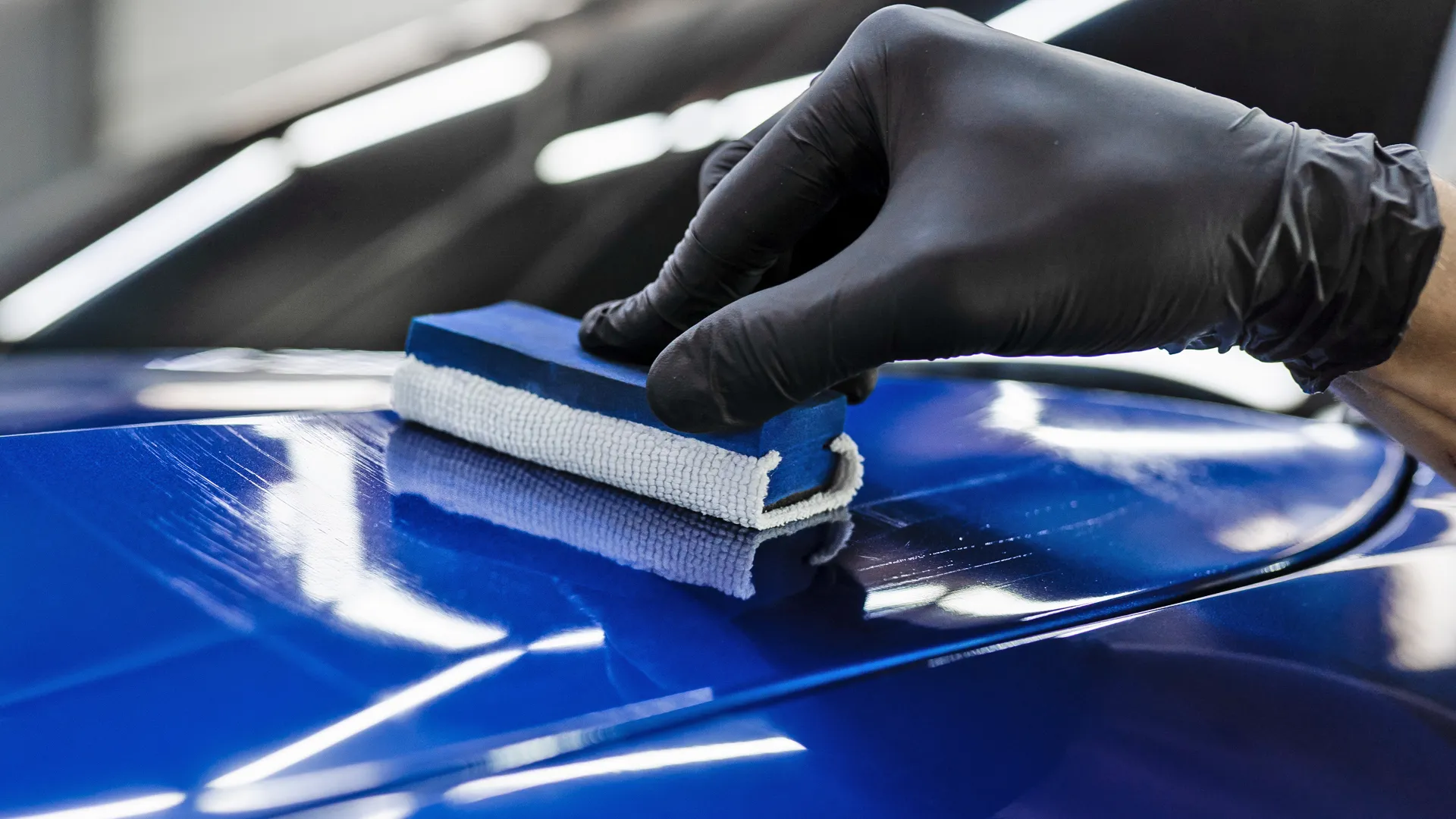Choose premium paint protection film for a ultra-clear layer of protection.
Choose premium paint protection film for a ultra-clear layer of protection.
Blog Article
A Comprehensive Overview to the Kinds of Ceramic Finish on the Market
Ceramic coatings have arised as a crucial remedy across numerous sectors due to their unique homes and applications. As we check out the unique features and applications of these finishes, the effects for efficiency and durability end up being progressively evident, increasing concerns regarding which type might finest match your demands.
Understanding Ceramic Coatings
Ceramic coatings are sophisticated protective remedies that have acquired appeal in numerous markets, especially in automobile and aerospace applications. These layers include a fluid polymer that, when healed, creates a long lasting, hydrophobic layer on the surface area of the substrate. This layer supplies boosted resistance to ecological contaminants, UV radiation, and chemical exposure, consequently expanding the life and visual appeal of the underlying product.
The basic component of ceramic finishings is silica, which contributes to their solidity and longevity. The application process generally involves surface area prep work, application of the layer, and treating, which can be achieved via heat or UV light. As soon as treated, ceramic coverings show phenomenal bonding buildings, allowing them to adhere highly to a variety of surface areas, consisting of metals, plastics, and glass.
In enhancement to their protective attributes, ceramic finishes likewise supply simplicity of maintenance. Their hydrophobic nature reduces the adherence of dust and gunk, making cleansing simpler and much less frequent. On the whole, the adoption of ceramic layers represents a substantial development in surface defense innovation, offering both useful and visual benefits throughout several industries.
Kinds of Ceramic Coatings
Various kinds of ceramic coatings are readily available, each developed to fulfill particular efficiency requirements and applications - Auto Detailing. The most common types include:
Silica-based Coatings: These layers mostly contain silicon dioxide and are understood for their resilience and chemical resistance. They are extensively used in auto and industrial applications.
Titanium Dioxide Coatings: Popular for their photocatalytic homes, titanium dioxide coatings are frequently used in settings where self-cleaning and antifungal properties are desirable, such as in structure materials and automobile coatings.
Zirconia Coatings: Characterized by their high-temperature stability and thermal resistance, zirconia finishings are utilized in applications such as turbine engines and high-performance auto elements.
Alumina Coatings: Exhibiting exceptional firmness and thermal stability, alumina finishings are regularly made use of in wear-resistant applications, including cutting devices and commercial machinery. - scratch repair sarasota
Crossbreed Coatings: Incorporating the residential or commercial properties of different materials, hybrid layers provide improved performance attributes, making them ideal for distinct and requiring applications.
Each kind of ceramic covering serves distinctive objectives, allowing customers to choose one of the most suitable option based on specific ecological problems and performance requirements.
Benefits of Ceramic Coatings
Ceramic layers, in specific, offer many benefits that make them increasingly prominent among suppliers and consumers alike. These finishes are resistant to scratches, chemicals, and UV Continued rays, guaranteeing that the underlying surface area continues to be safeguarded over time.
In addition to toughness, ceramic coverings give exceptional hydrophobic buildings, enabling for easy cleansing and upkeep. This water-repellent nature reduces the adherence of dust, gunk, and various other contaminants, which can extend the visual charm and performance of the surface area. Ceramic layers can considerably improve thermal resistance, making them optimal for applications that sustain high temperatures.

Application Process
When using ceramic layers, a precise approach is necessary to attain optimal results. The application process normally starts with thorough surface preparation. This involves washing, decontaminating, and brightening the surface to eliminate all pollutants, consisting of dirt, oil, and prior waxes or sealants. read this A tidy surface ensures correct adhesion of the layer.
When the surface is prepped, the following step is to use the ceramic coating. This can be done utilizing an applicator pad or a microfiber towel, guaranteeing also coverage. It is vital to operate in little areas to maintain control and avoid early curing. The layer ought to be used in thin layers, as thicker applications can cause unequal finishes.
After application, the covering calls for a particular treating time, normally varying from a couple of hours to a complete day, depending upon the product. Throughout this moment, it is vital to prevent direct exposure to dampness or pollutants. Ultimately, a gentle buffing may be necessary after treating to improve the gloss and get rid of any type of high areas. Following these actions diligently will make best use of the effectiveness and longevity of the ceramic covering, offering a sturdy safety layer for the surface.
Maintenance and Longevity
To guarantee the longevity and effectiveness of a ceramic finishing, routine upkeep is essential. Ceramic finishes, known for their durability and protective top qualities, call for particular treatment routines to maximize their life expectancy and efficiency.
Along with routine cleaning, routine assessments are essential. Seek signs of wear or damage, such as hydrophobic residential or commercial properties reducing or surface area imperfections. If needed, a light polish may be used to revitalize the layer without removing it away.
Furthermore, the application of a booster spray can enhance the coating's hydrophobic impacts and restore its gloss. This is specifically advantageous for coverings that have actually remained in use for an extended duration. Eventually, by adhering to these maintenance methods, one can dramatically expand the life of a ceramic covering, making certain that it remains to provide ideal security against environmental variables and maintain the aesthetic charm of the automobile.
Conclusion

Report this page